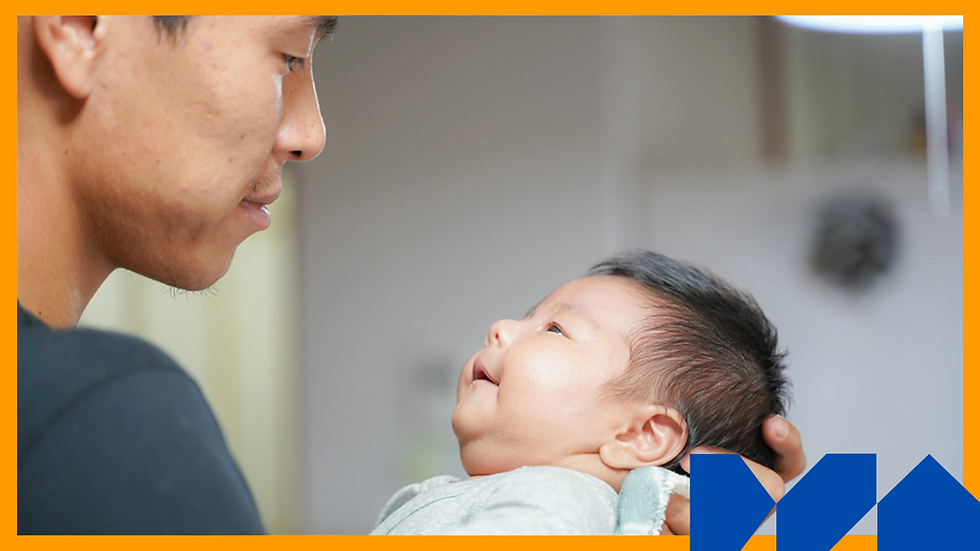Paternity Leave Guide for New Dads in the Philippines
- Christian Laquindanum
- May 7
- 3 min read
Updated: May 19

Becoming a father is a major milestone—and yes, as an employee in the Philippines, you have the legal right to take time off for it. While maternity benefits often take the spotlight, paternity leave in the Philippines ensures new fathers can support their partner and bond with their newborn during those crucial first few days.
Still, a lot of Filipino dads aren’t sure how it works—what qualifies you, what documents you need, or what your company expects. Whether you’re expecting your first baby or planning ahead, this guide will help you understand your rights and apply for paternity leave confidently and correctly.
Understanding the Paternity Leave Law in the Philippines
Paternity leave is covered under Republic Act No. 8187, also known as the Paternity Leave Act of 1996. Under this law, all married male employees in the private and public sectors are entitled to seven (7) days of paid leave for the first four deliveries of their legitimate spouse.
This means you’re eligible for this benefit if:
You are legally married to your partner;
Your wife has given birth or suffered a miscarriage;
You are employed at the time of delivery
You have informed your employer of the pregnancy and expected delivery date.
Even in-demand jobs in the Philippines, like those in tech, healthcare, or construction, may have additional benefits. But no matter your industry, this law guarantees your right to take time off when your child is born.
Note: This leave is non-cumulative and non-convertible to cash if unused. It must be availed of immediately after delivery or within a reasonable period, subject to company rules.
Steps to Take When Applying for Paternity Leave

While policies may vary slightly across companies, here’s a general process on how to apply for paternity leave:
Notify your HR or immediate supervisor in advance. Some companies require written notice, ideally before your spouse's due date.
Submit supporting documents, which usually include:
Marriage certificate
Medical certificate or birth certificate (as proof of delivery or miscarriage)
Fill out the official leave form, if required by your company.
If you're exploring job hiring in Pampanga, it’s a smart move to ask about paternity leave policies early, especially if you’re starting a new role around the same time your child is due. Having your paperwork ready can prevent any delays in payroll or leave approvals.
Keep in mind that documentation helps protect your right to take time off and ensures payroll can process your paid leave correctly. Some employers may also request your return-to-work date to help with scheduling.
Understanding the Length of Paternity Leave Benefits
The law grants you seven working days of paid leave per childbirth (up to the first four deliveries). Some companies may offer extended days as part of their internal policies or collective bargaining agreements, but the legal minimum is 7 days.
The paternity leave duration should ideally begin on the day of birth or shortly after. However, some companies allow flexibility within a specified period. It's always best to check your company’s employee handbook or consult your HR department.
Also worth noting: this leave is separate from vacation and sick leave, and you should receive full pay during your paternity leave. If you’re considering jobs in Clark, Pampanga, the local policies may differ from company to company, so it’s important to clarify your leave entitlements when starting a new role or moving into a more senior position.
Why This Leave Matters for New Fathers

Paternity leave isn’t just about paid time off—it’s about showing up. Supporting your partner, bonding with your newborn, and building your family foundation all start here. In a country that values strong family ties, that time matters.
So, prepare early. Talk to your HR. And when the big day comes, take that leave not just because it’s allowed, but because you’ll never regret being there for your baby’s first breath.
_edited.jpg)



Comments